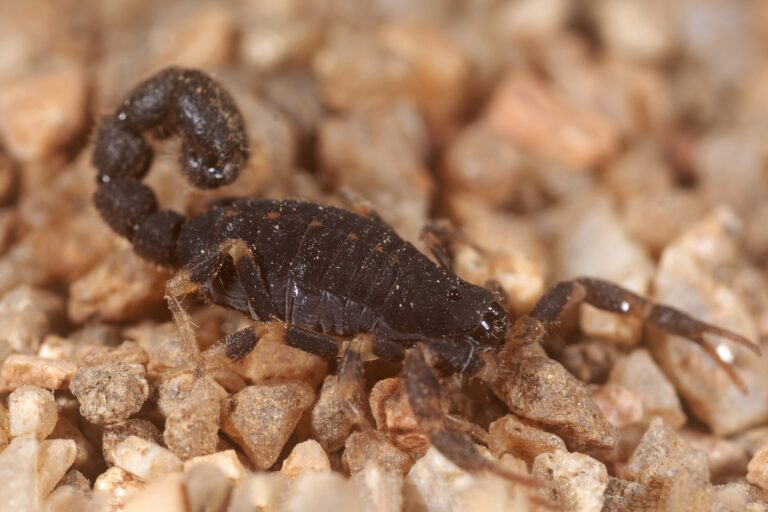- Scientists have recorded the first dataset on diatoms from tree mosses in the Blue Mountains in Mizoram in the Indo-Burma biodiversity hotspot.
- They discovered 53 diatom taxa belonging to 21 genera -all from tree mosses. But much remains to be covered in the Blue Mountains habitat regarding the diatom community.
- Diatoms are critical to the marine food chain and sequester atmospheric carbon dioxide in the oceans.
When diatom hunter Karthick Balasubramanian was invited to a research expedition on the Blue Mountains of Mizoram, little did he know the trek would result in producing the first dataset on diatoms from aerial habitats in the Indo-Burma biodiversity hotspot. Diatoms are microscopic algae living in a “glass house,” a self-constructed shell they make from silica.
Karthick had joined scientists R. Ganeshan and N.A. Aravind as they combed the mountains from low to high altitudes to map tree and soil mollusc diversity. As a scientist studying diatoms diversity and distribution from biodiversity hotspots, he was expecting to look for diatoms in streams on the Blue Mountains, but it was the winter months (January-February) of 2019, and streams ran dry.
“Fortunately, or unfortunately, streams were dry, so there was no water, and I suddenly realised that I had no job to do, so I decided to be a field assistant to them for the next three days,” says Karthick, of the D3 lab at Agharkar Research Institute, which holds South Asia’s biggest diatom herbarium.
The team wondered, what if they could collect moss that was hanging from the trees around them and check what was going on there? After all, there are records of diatoms from ground moss in Antarctica. “When we examined the moss samples in the lab, we were shocked. The interesting part of our finding is that these diatoms are not typically what we see in a stream.”
“There are some genera, such as Eunotia and Luticola, that occur in aquatic habitats but not in such high numbers (as we found in the moss),” said Karthick, who prefers to be referred to by his first name.
Invisible to the naked eye, diatoms are single-celled alga with a transparent, intricately designed cell wall made of silica. These designs and varying symmetry help researchers pin down the genera and species of diatom. Diatoms are critical to the marine food chain and Earth’s carbon cycle, sequestering atmospheric carbon dioxide to the ocean interior through the gravitational sinking of particles (biological carbon pump). On an annual scale, marine diatoms fix 10-20 billion metric tons of inorganic carbon (comparable to all global rainforests combined), corresponding to up to 40% of the total marine primary production and as much as 20% of the total primary production on Earth, states a paper.

“For every fourth breath you take, the oxygen comes from diatoms,” added Karthick, who was recently honoured with the T. N. Khoshoo memorial award by think-tank ATREE for conducting pioneering work on the taxonomy and systematics of freshwater diatom flora of peninsular India and northeast India. He has described 106 new species or new combinations of diatoms from India and erected two new genera. For his contribution to diatom systematics, one genus of freshwater diatom called Karthickia is named after him, states the award citation.
From the Blue Mountains, Karthick collected 22 moss samples: 53 diatom taxa belonging to 21 genera were discovered and enumerated using light microscopy. The tree moss diatoms are dominated by genera Eunotia and Luticola, with both of the most abundant species Orthoseira roeseana and Luticola acidoclinata. Among the 53 taxa, 70% are known to grow in both aerial and aquatic habitats. Most of the species could not be identified-they are likely to be new species, said Ph.D. student and study co-author C. Radhakrishnan.
“What we know is even though we saw 6771 individuals in 22 moss samples, we haven’t covered all the species in this particular habitat (Blue Mountains). There are truly aerial diatoms and some accidental aerial diatoms. Some diatoms (in our samples) are found across the altitude range; some are restricted only to lower altitudes, and others to higher elevations,” said M. Yogeshwaran, a Ph.D. student and also a study co-author.
“We did not study the moss species, but even within the moss habitat, specific diatoms may be more attracted to some moss species,” said Karthick.
What’s puzzling is how the diatoms landed up in the mosses in the trees – did wind carry them? “The moss on the tree and rivers are not hydrologically connected, so what is the source of the diatoms,” he said, adding that further research could explain more about these tree-dwelling diatoms. Karthick’s lab has previously recorded a moss-dwelling diatom species (Platessa arborea sp.nov.) from Sikkim in the Eastern Himalayas.

There aren’t many labs in India that study diatoms. “Our understanding of microbiology is so focused towards application that we never use these organisms as a model organism to answer ecological questions. Rather, microbiologists always traditionally think of exploiting microorganisms rather than understanding their complexities,” he said.
His lab works on using diatoms as a bio-indicator in water quality monitoring and as a biological proxy in predicting climate change. The diatom lipid production has also drawn our interest in biofuel production, informs the lab webpage.
For example, an invasive diatom species came in handy in reconstructing climate variability for the last four millennia from the Ladakh-Karakoram region. “People thought it was a recent invasion, but we found this diatom (Didymosphenia sp.) has been there in the Himalayas for the last 5000 years. Actually, it is not invasive; it is in its native range, but the species might be different,” said Karthick.
“Diatom community changes as per the environmental conditions. For example, cold water-preferring diatoms are replaced with warm water-preferring species due to the rise in the water temperature. We capture these dynamics in the lake sediments. These sediments are deposited over thousands of years, and these sediments contain diatom cell walls (technically called ‘frustules’) corresponding to a particular environmental condition (hot/cold or wet/arid acidic/alkaline) that prevailed at a particular period,” he added.
Microbial ecologist Punyasloke Bhadury, who works in collaboration with Karthick but is not associated with the present study, stressed that the discovery of the diatoms in the tree moss in Mizoram shows how rich the region is in terms of biodiversity, but that is disappearing fast and must be preserved. “We don’t know much about diatoms in these unusual habitats, including the Sundarbans mangrove delta. In only a few years, we were able to describe a new species of diatoms from the Sundarbans.”
“We need to train a new generation of taxonomists and enable them to go beyond recording and describing new species: to enable them to connect the dots between biodiversity, climate, human, animal and environmental health; we need more funding for this,” said Bhadury, adding the upcoming UN Biodiversity Conference (COP15) will bring more focus on biodiversity or the variety within species of animals, plants, fungi, and even microorganisms like bacteria, making up our natural world. This variety is critical for our survival, says the United Kingdom’s Kew Royal Botanic Gardens in a statement on COP15.
Read more: A single-celled organism threatens the Arabian sea and livelihoods
Banner image: Mosses growing on the tree bark. Photo by Karthick Balasubramania.













